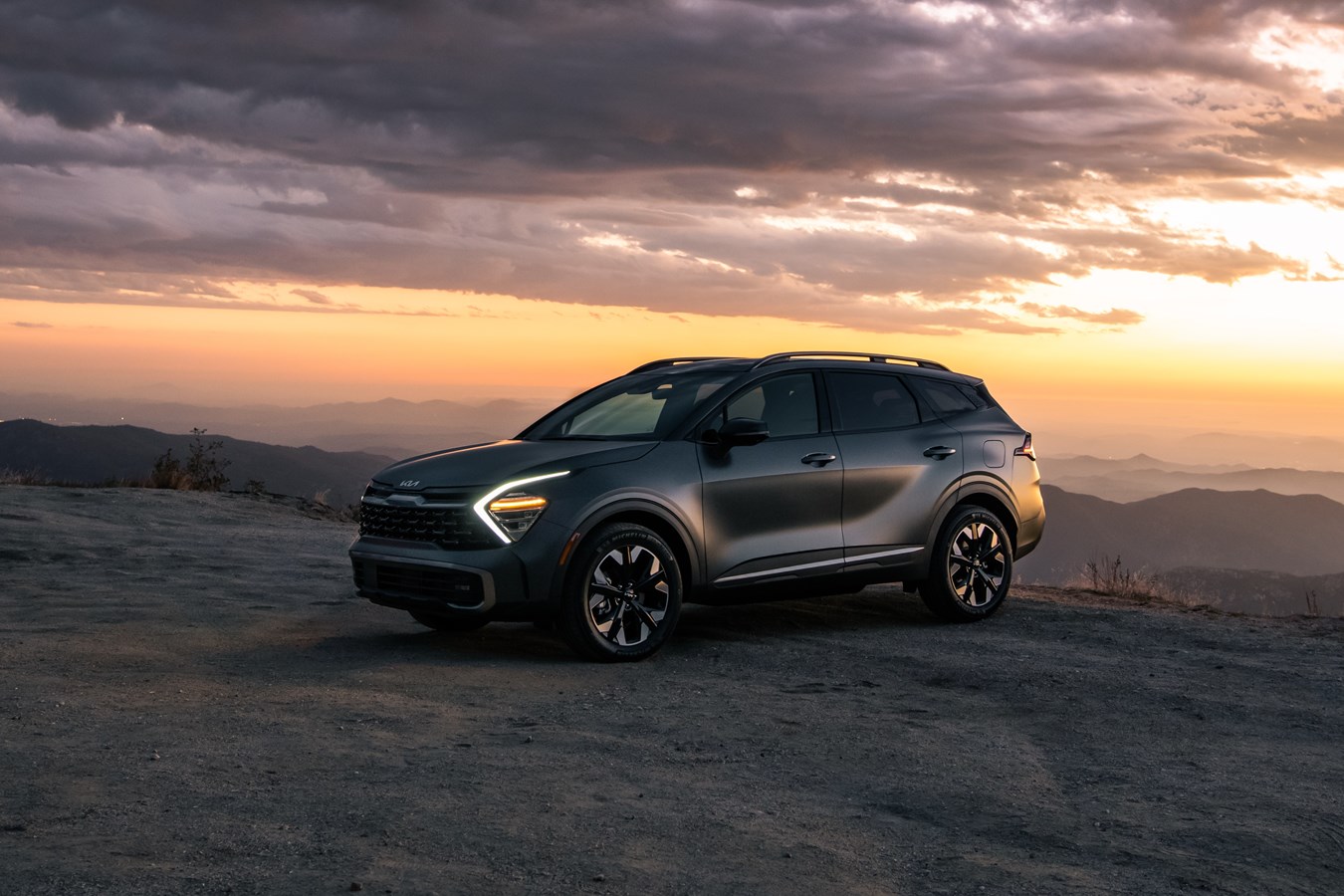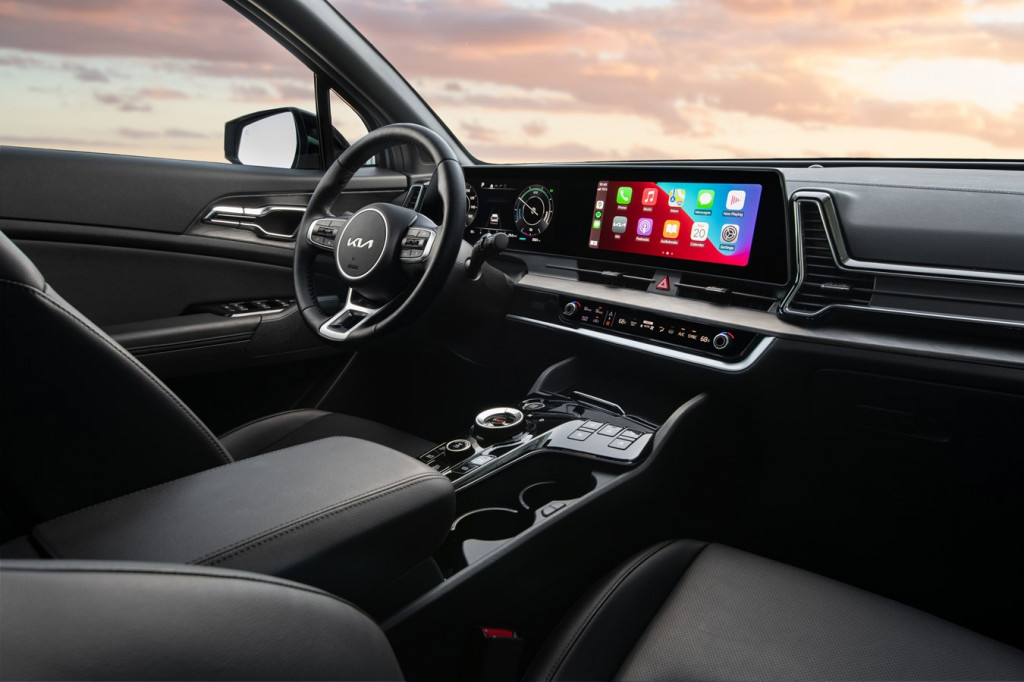

2023 Kia Sportage Plug-In Hybrid priced just under $40,000, goes 34 electric miles
Pricing for the Kia Sportage Plug-in Hybrid has been released—just in the nick of time for buyers of this model to no longer qualify for the federal EV tax credit.
The 2023 Kia Sportage PHEV will start at $39,785, including a destination charge of $1,295. That’s for the X-Line AWD; the top-trim X-Line Prestige costs $44,285. Kia hasn’t yet posted a build tool or detailed options, although the brand typically doesn’t offer a lot of build combinations.
That puts base pricing for the Sportage PHEV just under the base price of the Toyota RAV4 Prime but above that of the Ford Escape Plug-In Hybrid and Hyundai Tucson Plug-In Hybrid. The Sportage is closely related to the Tucson. One other upcoming rival is the Mitsubishi Outlander Plug-In Hybrid.

2023 Kia Sportage PHEV
The Sportage Plug-In Hybrid is powered by a 177-hp, 1.6-liter turbo-4 engine that’s part of a hybrid system packaging an electric motor with a 5-speed automatic transmission, adding a clutch that takes the engine out of the mix for fully electric driving enabled by the bigger 13.8-kwh battery pack. With a higher-power electric motor (66.9 kw versus 44 kw), the output of the hybrid system is up versus the hybrid—to 261 hp and 258 lb-ft of torque.
Kia claims that the Sportage PHEV will go 34 all-electric miles on a charge, and hybrid AWD versions of the Sportage earn 38 mpg combined—so expect close to that once you’ve used up the charge. Numbers haven’t yet been confirmed by the EPA, and they would be needed before deliveries commence.

2023 Kia Sportage PHEV
All Sportage PHEVs get a 7.2-kw onboard charger that enables a full 240-volt charge in about two hours. Inside, dual panoramic display screens set a 12.3-inch instrument-panel display and 12.3-inch touchscreen infotainment display side by side.
Kia says that the Sportage Plug-In Hybrid is available now, and it will be available in all 50 states. The Sportage PHEV would have qualified for the tax credit for purchases up through August 15, but it wasn’t posted on the federal government’s previous list of eligible vehicles for that version of the tax credit; and it won’t qualify under the revised credit due to its final assembly location of South Korea.
Add a comment Cancel reply
Related posts


EV Guide: How to Care for Your Electric and Hybrid Car











